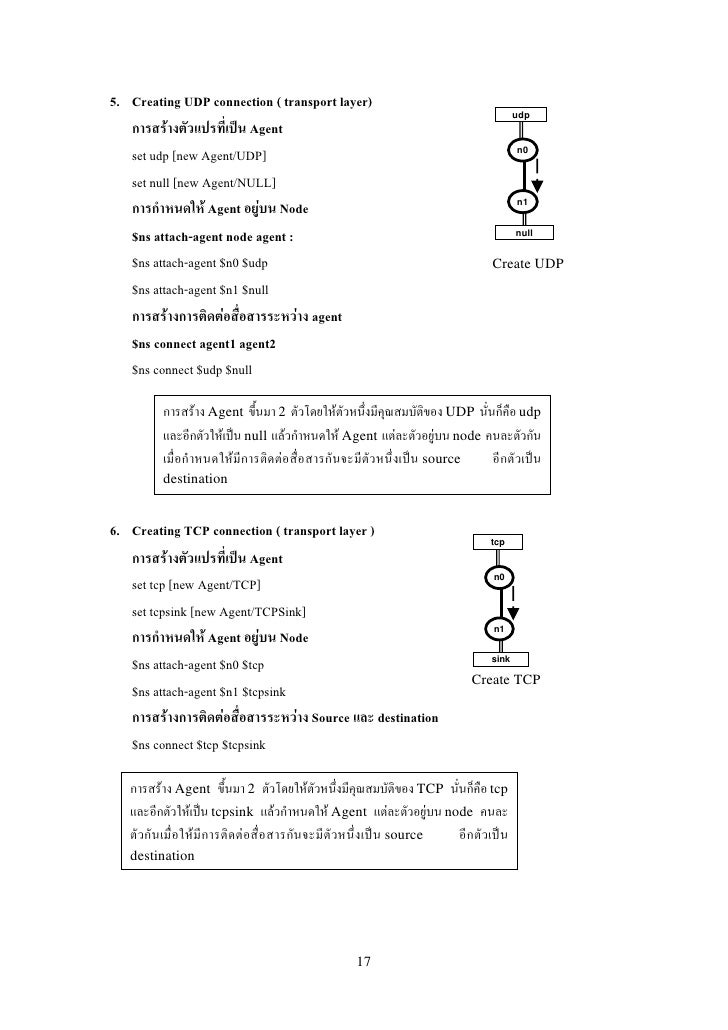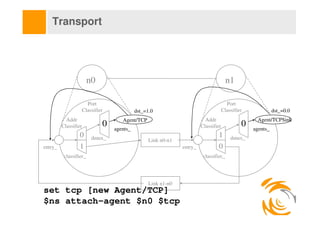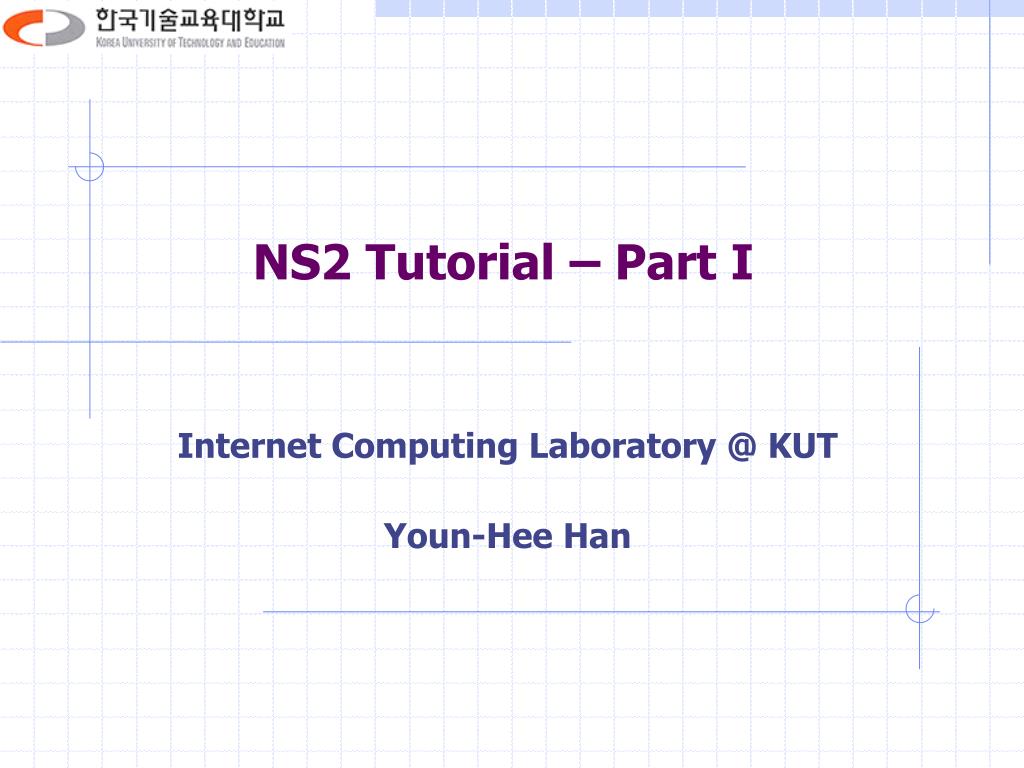

Therefore, host1’s private Fully-Qualified Domain Name (FQDN) will be “”. With these assumptions, we decide that it makes sense to use a naming scheme that uses “” to refer to our private subnet or zone.
#NS2 TUTORIAL HOW TO#
In this tutorial, we will go over how to set up an internal DNS server, using the BIND name server software (BIND9) on Ubuntu 14.04, that can be used by your Virtual Private Servers (VPS) to resolve private host names and private IP addresses. Setting up your own DNS for your private network is a great way to improve the management of your servers. Using fully qualified domain names (FQDNs), instead of IP addresses, to specify network addresses eases the configuration of services and applications, and increases the maintainability of configuration files. NS1 to NS2 map conversion tutorial A tutorial on converting NS1 maps to Spark levels.An important part of managing server configuration and infrastructure includes maintaining an easy way to look up network interfaces and IP addresses by name, by setting up a proper Domain Name System (DNS). Importing Static Props into NS2 by WhiteDevil - How to import models from 3DSMax into NS2.

Making Maps Competitive by Scrajm - A guide for optimising your level for competitive NS2 play.Ĭhoosing a Material Shader by Insane - A reference guide for texture artists.Įditor Layer/Group list and hidden tools A guide that lists layers and groups that you can use in the editor for certain functions.Įntity Setup Tutorial by Mendasp - Learn the entity set-up needed to get your NS2 level running properly.Ĭurved Geometry Tutorials by and Psyk0man - A set of tutorials on the different aspects of creating curved hallways and geometry. Performance and General Mapping Guidelines by xtcmen - A guide to keeping your maps well optimised, along with tips on Spark editor workflow. Where Do I Begin? by Regn, now curated by - A getting started FAQ for Spark Editor beginners. Ns2_sample by Kouji_San - A sample reference map showing how to use the majority of entities and assets in a map.

Mapping Guidelines reference thread - This hasn't been updated in quite a while but is included for posterity. If there's a resource you feel should be included here, please post a reply with a link.

The sticky section of this forum was becoming a little cluttered, so it made sense to aggregate some of these threads into a reference post. This is a collection of worthy community resources to help you create your NS2 map and learn your way around the Spark Editor.


 0 kommentar(er)
0 kommentar(er)
